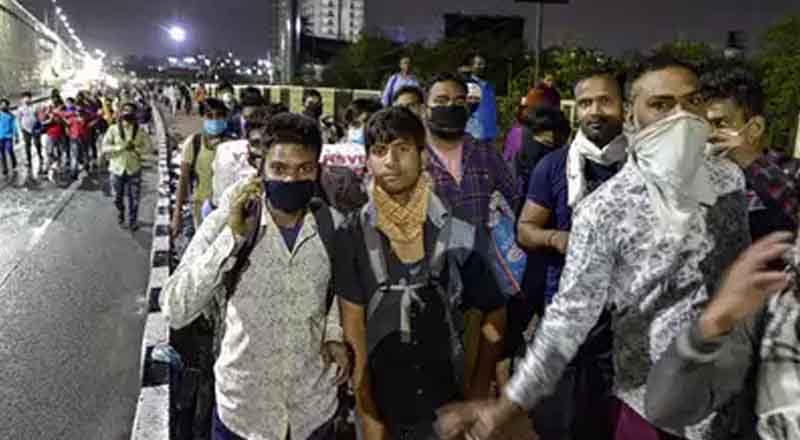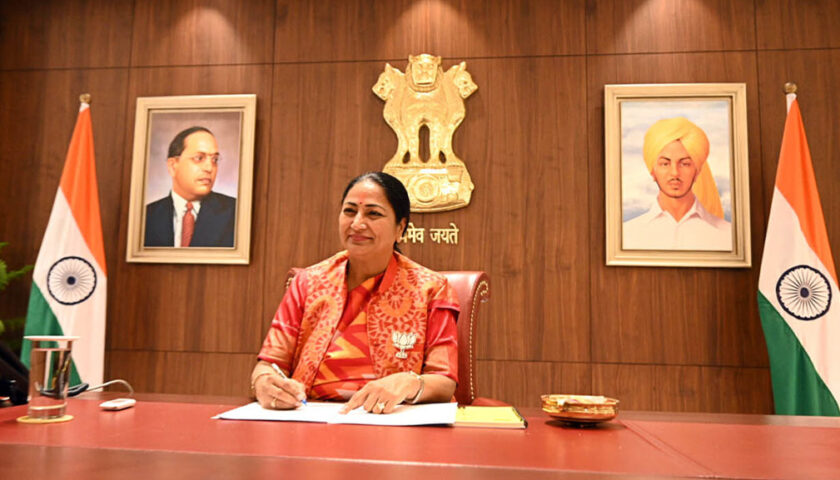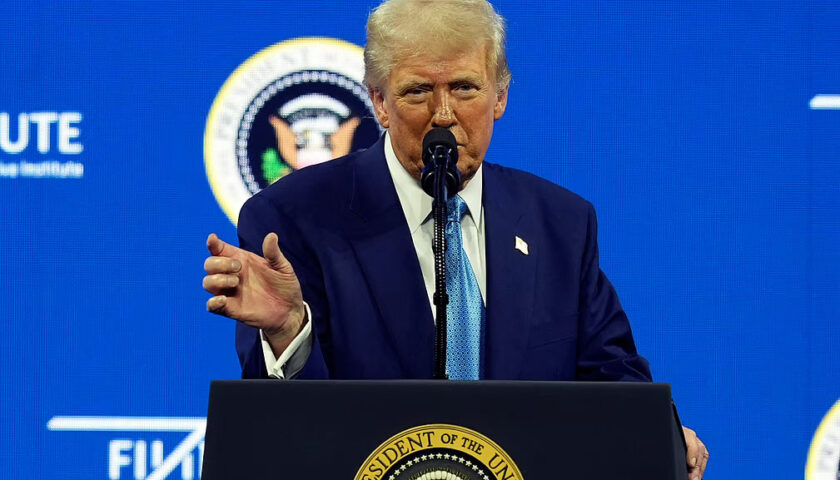As panic about the virus escalates, Government has to order for a strict nationwide lockdown for the 21 days to battle the spread of the coronavirus. After repeated notice by the Government to the private companies to neither to cut the salary nor to layoff the employee. However, Government departments has decided to cutdown the salary in view of this pandemic.
A big question is on when government is cutting the salary of their employees, where it is counted as the deep pocket, on that how a private company would afford the huge cost, where there is absolutely no cash flow.
Experts are advising over the webinar on how to get prepared for the next move.
# Conserve, Cash at all Costs, you will need it for unforeseen circumstances, including another lock down
# Make Team A & B. Team A studies prepares current response, and Team B works on situation after two years.
# You will have to increase wages for some workers to incentivize them to come back. Getting people back will be a problem
# Travel sector will be hit for a very long time. 2 years plus.
# 9 Months of this year will be gone in recovery in normalcy in terms of Operations coming back to normal. If there is no other pandemic.
# Cut Costs, Reduce Salaries, Prune Manpower if needed.
# Increase equity in the company. Better to be over capitalized is better than to be over leveraged.
Being Over leveraged will be a disaster, avoid the debt trap at all costs. Give a discount, let investors make money. Get Private Equity. Singapore Airlines is doing a Rights issue as we speak.
# Micro finance will be worst hit, amongst NBFCs.
# Build relationship and trust with the banks. Don’t move relationships for a quarter or half a percent.
# Await announcement for MSME. More incentives and support expected.
# Real Estate: Land is a state subject, Real Estate Prices will come down by 20% at least.
Developers who have bought land at high prices will to take a hit on the projects. Many companies will go bankrupt. MCHI – Credai must talk to the Govt for a one time restructuring like in 2008. It will take 8-9 months for things to normalize for Real Estate.
# Payments from Govt is a big issue. Lot of litigation Macroeconomic Factors & Risks,
Long term Outlook:
# Govt has agreed to increase Fiscal Deficit which is a good sign. State Govts getting Overdraft facilities from Central Government.
# Consumer Credit is 13% as a percentage of GDP, where as China is 40% and USA 80%
# Mortgage to GDP, India: 10%, China: 26%, Thailand 20%, Scandinavia: 90% USA: 70%. India needs to reach the 12-15% mark in the coming couple of years.
# Yes Bank on Path on recovery, Should have taken part in a similar manner for ILFS and Jet Airways.
# USA 10 year paper is 0.77%, India is 6%. India is at a BBB (Lowest Investment Grade). If we get graded down we will become a Junk Bond .This will crash the economy. This is also why it will be difficult to print money.
# Interest rates will go down further, but Banks must pass it on to the company. RBI lends only to the Banks in India and Banks are concerned more about their own Balance Sheet than national interest. RBI must start buying Company Bonds.
# Middle-East will be in a big trouble. Oil will not go back to 60-70. Oil will be at 40-50.
# Expect more deglobalization. European countries have already made it mandatory for Govt approval for all acquisition, as companies are available cheap and there is a fear that China may look to take over companies in Europe.
# Rupee will be under pressure. Look at a minimum 3% depreciation YoY of the rupee even in the best times. We are doing much better at the moment with 10% depreciation (Many are at 25%). Trouble will ensue only if our rating goes to Junk. Our Rating unfortunately has not gone up even in our Best Years of 8% growth. However, Companies are getting good borrowing rates. Exports will have to grow for India to do better. Expect a package for Export soon from the Government.
# By 2023 , 390 million people will come into the middle class. Hence, investment will come. Only 2% of Indians are invested in Equity. Equity investors will increase. India Mutual fund to GDP ratio is 12% whereas, in Mexico etc. are 60% plus and USA 100%. India needs to move to 20%.
Rising middle class will lead to more investments in Real Estate and Equity in the long term.
# Savings rate in India is 17% (Earlier 30%). 10% out of that is in Real Estate or Golds etc. Liquid Savings rate is 7%. People in India are getting used to consumption in India. So there is no
stress there. Hopeful that consumption will increase.
# EPFO should be allowed to invest in equity. They invested in IL&FS and made a loss. So it is
more conservative.
# There is a medicine (Cure) which is under testing in the USA, which hopefully should be out in the market by June end if FDA approves. Vaccine (preventive) will take time.





